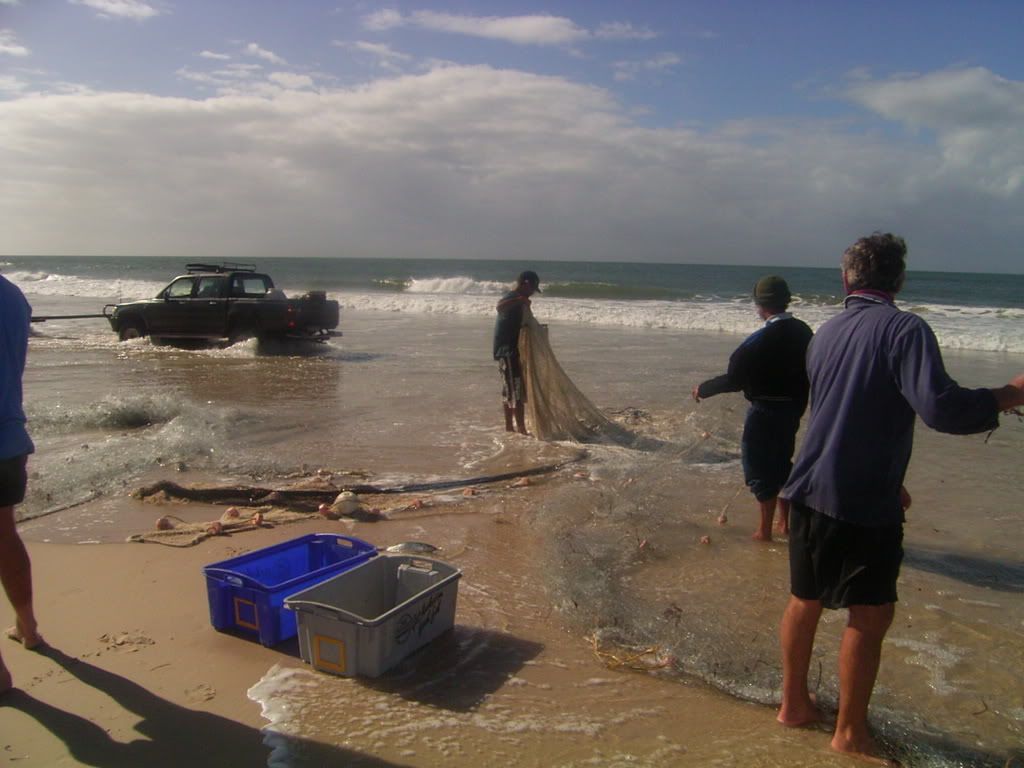Ask.Com says;
A side note- Chum the area with bread crumbs mixed with mud. (Mix mud & Bread crumbs together, make baseball-sized balls, distribute around your fishing area.) Also, toss out some bread mashed up into a ball.
The Mullet will start hitting the bread. When this begins, cast out a cork rig with a size 6 hook & bread-dough ball for bait.
Fish about a foot deep.
Fresh Smoked Mullet is excellent eating!
You have to get a baitfish net and that will work the best. (I'm not exactly sure that that is the correct name for the net it is the one with the weights around the edge and you throw it on the school) the reason they don't bite hooks is because they are vegitarians
sure you can use a fishing pole, they are ground feeders so you need some weight on the line to get that hook and bate to the bottom. Try bread, roll it into a ball and hook it, I used some cut up catfish to catch mine.
You can catch lots of them in a trailer park...
The best bait you can use is an old Poison album, a can of cheap beer and a big fat bleached blonde lady....
Try the old method of tossing a drop light into the pond, that will float them. Other wise a mullet is a bad haircut. GOOD LUCK!!!
get your fishing pole and put some dynomite on the hook .. Light ... lower in water ... and you'll catch quite a few .. they might be in pieces but its okay














 Reply With Quote
Reply With Quote







